Collector of the week

Wohnlich, Hermann (1928-2008)
Collectors
Bachofen von Echt, Karl Adolf Ludwig (1830-1922)
Baron Bachofen von Echt (1830-1922) was an Austrian brewer and a coin collector. But he also collected paintings and formed an Ornithology Society. A portion of his numismatic collection was acquired by the Kunsthistorisches Museum.
Bally, Arthur (1849-1912)
Arthur Bally was born into a famous Swiss industrial family. His main passion was for Swiss coins but he clearly showed an interest for coins in general – not limiting himself to the best preserved examples or the most precious rarities. That became a problem after his death.
Bauer, George Joseph (1870-1961)
George Bauer was a passionate coin collector. He was elected 17th President of the American Numismatic Association and then became a professional numismatist. An authority on Greek and Roman coins and in the possession of a fabulous collection, he is little known in Europe.
Beaufoy, Henry Benjamin Hanbury (1786-1851)
Henry Beaufoy was a wealthy British industrialist, philanthropist and Member of Parliament. In addition to an outstanding library of 25,000 volumes, he also had an important coin collection, which was sold by Christie, Manson & Woods in 1909. An article by John Voukelatos.
Bement, Clarence Sweet (1843-1923)
Clarence Bement collected not only coins – partly published in catalogues – but also books, prints, and minerals. His mineral collection consisted of over 12,500 specimens and was later given to the Museum of Natural History in New York City.
Benz, Leo (1906-1996)
The Swiss engineer Leo Benz was an avid coin collector attached to the history of Rome. This was reflected by his coin collection.
Biaggi de Blasys, Leo (1906-1979)
Leo Biaggi was a Swiss industrialist who formed an exceptional collection of ancient coins. His over 2,000 Roman gold coins are documented in a manuscript inventory. They were sold in the 70s. His “superb” Greek collection is less known.
Blaschegg, Dr. med. Max (1930-2021)
Coins were a passion for the trained doctor Max Blaschegg. In almost eight decades he built up an extensive collection of several thousand coins forming a classic universal collection, ranging from ancient Greece to contemporary Euro coins.
Bolla, Ferruccio (1911-1984)
Ferruccio Bolla was a Swiss judge and a passionate collector of ancient Roman gold coins.
Boosel, Harry X (1912-1994)
Harry X Boosel was a collector of U.S. coins. He wanted to be called “Mr. 1873” because of his extensive study of the coinage of that year, to the eventual exclusion of almost everything else.
Boyer, Alden Scott (1887-1953)
Alden Scott Boyer started with revolutionary period currency and finally concentrated on classical Greek coins. For what he collected beyond coins, he purchased a bank building in Chicago to house the Boyer Museum of American Curiosities.
Bradfield, Elston G. (1906-1977)
Elston G. Bradfield is especially known for his articles in The Numismatist and the Numismatic Scrapbook. He was editor of The Numismatist for over eleven years.
Brand, Virgil Michael (1861/62-1926)
Virgil Brand gathered the largest private coin collection of all times. When he died in 1926 he left 368,000 items, a collection estimated at a staggering five million US$. The son of a German father made his fortune with the family’s brewery business in Chicago.
Brink, Eric ten
Eric ten Brink built a special collection of 1,800 coins of Hadrian. His particular interest was dedicated to coins from Alexandria, cistophori, and Eastern denarii.
Bühler-Zimmermann, Fredy (1938-2021)
Fredy Bühler-Zimmermann was a passionate collector of coins, medals and securities of the Swiss canton of Glarus. He wrote several numismatic books and was President of the Historical Society of the Canton of Glarus (HVG) for 10 years.
Bunbury, Edward Herbert (1811-1895)
Sir Edward Herbert Bunbury was an English barrister, Member of Parliament, and Vice President of the Numismatic Society of London. He collected ancient coins and published extensively on this subject.
Bürki, Konrad (*1953)
The businessman Konrad Bürki has been collecting Swiss coins for decades. His collection will be offered in several sales by the Zurich auction house SINCONA.
Campana, Alberto (b. 1947)
Alberto Campana is an Italian biologist with a passion for numismatics. As a coin collector he is mainly focused on countermarks apposed on Sicilian Greek coins and to the Roman Republic coinage. He also published multiple books and articles on these subjects.
Coffman, Stephan
After visits to Ethiopia, Dr. Stephan Coffmann discovered the history of Aksum for himself. His collection of Axumite coins, containing 1,300 pieces, is the most extensive private collection on the subject ever created.
Desneux, Jules (1885-1962)
Dr. Jules Desneux was a Belgian dermatologist and collecrtor of ancient coins. He was President of the Royal Numismatic Society of Belgium and wrote extensively on Greek coins.
Druckrey, Eike
Dr. Eike Druckrey is an admirer of the aesthetics of Ancient Greece. As a passionate collector, he has brought together the finest pieces of ancient Greek coin art.
Du Chastel de la Howardries, Alberic (1842-1919)
Belgian aristocrat Alberic Du Chastel de la Howardries was one of the world’s main buyers of ancient coins. He also owned the Aitna tetradrachm, a specimen that is known as the most beautiful coin in the world today.
Dunham, William Forrester (1857-1936)
The prosperous druggist William Forrester Dunham collected coins from various fields ranging from Greek coins to papal medals. His collection of U.S. coins was particularly famous.
Ebert, Robert Oliver (1927-2008)
American entrepreneur and investor Robert Oliver Ebert built first-rate collections of art, firearms and coins. Ebert’s coin collections were focused on Hadrianic and Greek coins.
Engel-Gros, Frédéric (1843-1918)
Frédéric Engel-Gros was a collector from Alsace. His collection comprised in particular ancient coins and Renaissance medals. After his death many items went to French museums and libraries.
Engstrom, J. Eric (b. 1943)
J. Eric Engstrom is a lawyer from Wichita, Kansas. He has been collecting coins for over 70 years from ancient to British coins, medals and tokens. Engstrom has also published several numismatic books and numerous articles.
Evans, Arthur John (1851-1941)
Sir Arthur John Evans was a renowned archaeologist who unearthed the palace of Knossos on Crete. He inherited the coin collections of his father – also a renowned archaeologist and numismatist – and was constantly selling and buying ancient coins in his lifetime.
Evans, John (1823-1908)
Sir John Evans was a well-known archaeologist and president of the Royal Numismatic Society an many other renowned societies. As a collector, he was focused on Roman, ancient British, Anglo-Saxon and English coins.
Feirstein, Barry R. (b. 1952)
Barry Feirstein is a keen investor in big tech companies and the film industry. As a teenager he collected American coins, and later built up a collection of ancient coins.
Flower, Harry (1912-2000)
Harry Flower specialized in Judaica in Numismatics, particularly tributes to Albert Einstein. From 1969 to 1972 he served as President of the Israel Numismatic Society of Illinois.
Fontana, Carlo D’Ottavio (1774-1832)
Carlo d’Ottavio Fontana was a notable Swiss businessman and collector. He was said to have owned over 40,000 coins, mainly ancient but also of the Trieste bishops.
Globus, Alfred R. (1920-2009)
Alfred R. Globus was not only a professor of biochemistry and founder of the cosmetic and pharmaceutical research company United Guardian, Inc. but also collected coins and stamps of great importance.
Gollnow, Christian (1946-2019)
Christian Gollnow collected Roman coins of exceptional quality and rareness with a focus on anonymous issues from the Civil War in 68 and 69 AD. He was able to gather more specimens on the subject than the most prominent coin cabinets.
Guber, Howard Peter (b. 1942)
Howard Peter Guber is not only a fifty-time Academy Award nominee, former Studio Chief of Columbia Pictures, and CEO of Sony Pictures, but also a passionate collector of ancient coins.
Hall, Henry Platt (1863-1949)
Henry Platt Hall was chairman of textile machinery makers and a coin collector. His collection of more than 2,300 Greek, Roman and Byzantine coins was auctioned by Glendining’s in 1950. But he also collected British coins.
Haviland, Randy (1949-2012)
Randy Haviland was a U.S. Marine veteran and came from a family of collectors. He collected U.S. coins, paper currency and ancient coins.
Herzfelder, Ernst Moritz (1865-1923)
Ernst Herzfelder was the director of a Viennese brewery. His large coin collection was sold anonymously by Jacob Hirsch and Brüder Egger, while his many coins of Hadrian went to the Kunsthistorisches Museum Vienna.
Hewitt, Lee Francis (1911-1987)
Lee Francis Hewitt authored many books on US numismatics and founded, in 1935, Numismatic Scrapbook Magazine. Many may remember him for his famous note: “There is no Santa Claus in numismatics”.
Hollschek, Karl (1859-1941)
Austrian numismatist Karl Hollschek built up one of the largest private coin collections of his time. This collection, compiled by Hollschek in Vienna from the end of the 19th century until his death in 1941, is estimated to have comprised around 220,000 coins.
Hunt, Nelson Bunker (1926-2014)
The Hunt brothers became legendary for their attempt to corner the world market in silver – and for losing a billion dollar in this vain effort. They were fervous coin collectors, too, and William allegedly was eager to buy every Byzantine gold coin in the world.
Huntington, Archer Milton (1870-1955)
Archer Huntington set out to assemble a collection – not only of coins – from every period and every land where Spanish influence was felt. Huntington established New York’s Hispanic Society of America whom he bequeathed his over 37,000 coins.
Jameson, Frédéric-Robert (1861-1942)
Robert Jameson was a banker and numismatic expert. He published scholarly articles on Greek coin finds and acquired a large collection of ancient coins which were published in various volumes.
Kozinowski, Otto (1939-1994)
Otto Kozinowski changed his career as a mathematician to pursue a job in the coin trade because numismatics was his true passion. And this passion went beyond his specialty of Coburg coinage – his extensive library bore witness to that.
Krähenbühl, Hans (1924-2010)
Swiss collector Hans Krähenbühl aimed at assembling the broadest possible numismatic panorama of Greek and Roman antiquity with his collection. The result: a wonderful collection created from a single mold, with magnificent coins and impressive series.
Magnaguti, Alessandro (1887-1966)
Italian Count Alessandro Magnaguti was a passionate collector of Mantovan, Hadrianic and Gonzaga coins – until he thought he had gathered everything possible. After WWII, he gave up his collection and sold his beloved coins – with one exception.
Mazzini, Giuseppe (1883-1961)
Giuseppe Mazzini was an Italian politician. Over his lifetime, he put together an impressive collection of 8.051 Roman Imperial coins with many great rarities and over 1,200 aurei. His collection was published as Monete imperiali romane in five volumes.
McLendon, Gordon (1921-1986)
Gordon McLendon was an American radio pioneer. His coin collection of ancient Greek and Roman coins was sold by Christie’s in 1993.
Montagu, Hyman (1844-1895)
Hymann Montagu was one of the great British coin collectors of the 19th century. He bought entire collections and inventories for his large collection of English hammered and milled coins, but also Greek and Roman coins, which was sold after his death by Sotheby.
Moretti, Athos (1907-1993)
Dr. Athos Moretti used to collect paintings until his wife suggested a less bulky subject. Moretti then became an avid coin collector. His collection of Magna Graecia and Sicily was arguably the largest and most important ever assembled.
Needleman, Saul Ben (1927-2019)
Saul Ben Needleman was a coin collector with a professional background in biochemistry. His numismatic interests concentrated on ancient coinage, English hammered coinage, coins of Israel, and Judaica.
Pick, Eckhart (*1941)
Prof. Dr. Eckhart Pick (born 1941) was a professor of civil law and a member of the German Bundestag. He is considered one of the most renowned specialists for Mainz coinage, a subject on which he has amassed not one but two notable collections.
Plankenhorn, Gerhard (born 1941)
Gerhard Plankenhorn is a great lover and connoisseur of Asia Minor. Over decades he built up a collection of several thousands of Greek and Roman coins from Asia Minor.
Ponton D’Amécourt, Gustave (1825-1888)
Viscount Gustave Ponton d’Amécourt was a French inventor who inspired Jules Verne, an archaeologist, numismatist, and founder of the French Numismatic Society. He collected medieval and ancient coins on a very large scale.
Rackus, Alexander Michaels (1893-1965)
Dr. Alexander Michaels Rackus was a specialist in Lithuanian numismatics. He built the world’s largest collection of Lithuanian numismatic and ethnographic material and served as Curator at the Museum of Culture in Kaunas.
Ramskold, Lars (born 1954)
One of the many passions of Lars Ramskold is numismatics. He built up an impressive and record-setting collection of coins from Constantine I the Great and also published articles on numerous coins.
Ricard, Charles J. (1930-2017)
Charles Ricard, a bank auditor for profession, collected US coins and was most known for his collection of Napoleonic medals.
Ripstra, J. Henri (1881-1961)
J. Henri Ripstra was a founding member and president of the Chicago Coin Club, president of the ANA, and a collector of Lincolniana. A tool and die maker by profession he produced himself dies for many medals and numismatic badges.
Ryan, Valentine John Eustace (1882-1947)
Not the most usual combination: V.J.E. Ryan was an Irish mountaineer and first climber of a number of Swiss mountain peaks, while he was also a passionate coin collector, active in the Royal Numismatic Society as well as the British Numismatic Society.
Sheldon, M. Vernon (1901-1982)
M. Vernon Sheldon specialized in U.S. and ancient Greek and Roman coins. Later he collected US currency, particularly a group of the “coin notes” of 1890. Sheldon was an ANA President and, in 1941, secured the Chicago Coin Club life membership in the ANA.
Trau, Franz (1842-1905)
Three generations of the Austrian Trau family ran a very successful tea-import business in Vienna. The three of them also shared the love for coins and put together a fine collection of Austrian and Roman Imperial coins, which was auctioned off between 1904 and 1936.
Tyszkiewicz, Józef (1850-1905)
Count Józef Tyszkiewicz was a polish numismatist and coin collector. He published books on Polish and Lithuanian coins and medals, which was also his field of collection.
Vermeule III, Cornelius Clarkson (1925-2008)
Cornelius Clarkson Vermeule III was an American researcher of ancient art and curator of classical art at the Museum of Fine Arts in Boston. He built up a collection of Roman bronze coins.
Viczay, Mihály (1721-1787 and 1756/7-1831)
Mihály Viczay (sometimes spelled Wiczay) refers to two collectors of the same name, a father and a son. Learn more about their remarkable collection of Greek and Roman coins in this article by Hadrien J. Rambach.
Vidal Quadras y Ramón, Manuel (1818-1894)
Don Manuel Vidal Quadras y Ramón was owner of a trading and banking house in Barcelona and a well-known coin collector. His possession was the largest and most treasured coin collection in the late 19th century’s Spain.
Voirol, August (1884-1967)
Dr. August Voirol was a Swiss gynecologist, President of the Circulus Numismaticus Basiliensis and vice-president of the Swiss Numismatic Society. He wrote lenghty commentaries on most items of his collection of ancient coins.
Walter, John Whitney (1934-2018)
John W. Walter was a businessman and a passionate collector. The cousin of President Donald Trump put together a superb collection of Roman aurei, auctioned off as “The Men of Rome”. His collection of early American coins brought him the nickname “Mr. 1796”.
Walty-Hüssy, Max (1882-1969)
Born in 1882, Max Walty-Hüssy built up an impressive collection of Swiss gold and silver coins, which he meticulously tended to with great passion, as his great-grandson remembers.
Witschonke, Richard Beyer (1945-2015)
Richard Beyer Witschonke is one of the best known collectors of coins from the Roman Republic.
Wohnlich, Hermann (1928-2008)
Hermann Wohnlich was an engineer with a passion for Tyrolean numismatics and a long-standing member of the Tyrolean Numismatic Society. Over nearly forty years of collecting, he assembled an outstanding collection of Tyrolean coins and medals, with a particular focus on the mint of Hall.
Zeno, Apostolo (1668-1750)
The Italian journalist, poet and librettist Apostolo Zeno was also an avid coin collector in the 18th century. His collection of around 10,766 coins was preserved in a monastery until it was sold by the Dorotheum between 1955 and 1957.
Zeno, Apostolo (1668-1750)
The Italian journalist, poet and librettist Apostolo Zeno was also an avid coin collector in the 18th century. His collection of around 10,766 coins was preserved in a monastery until it was sold by the Dorotheum between 1955 and 1957.








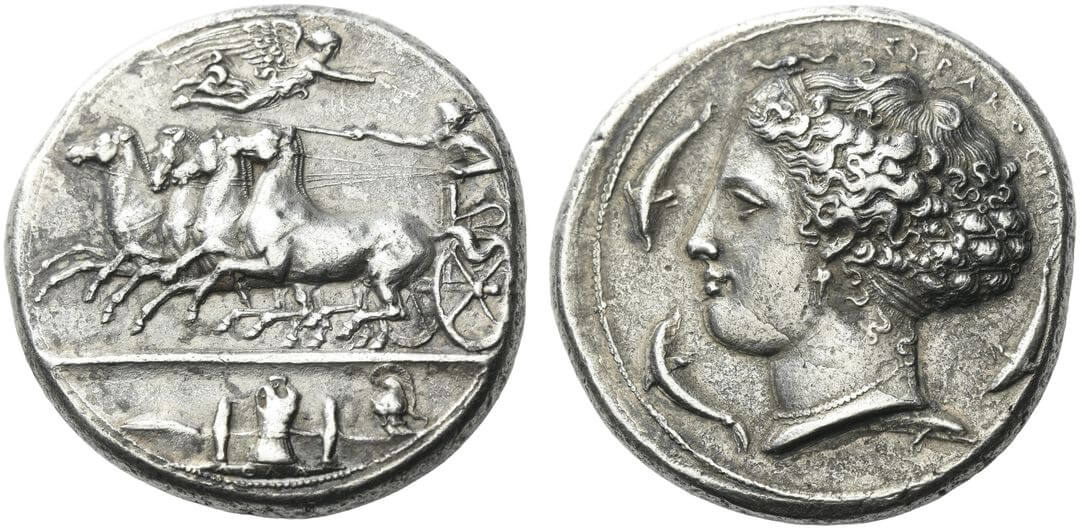




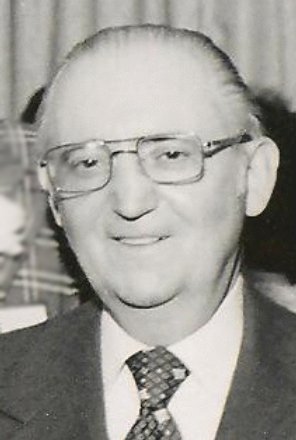
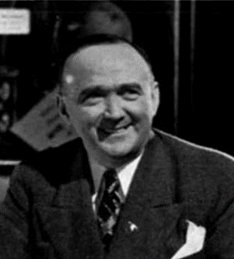
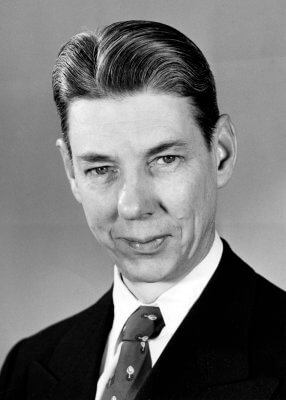
















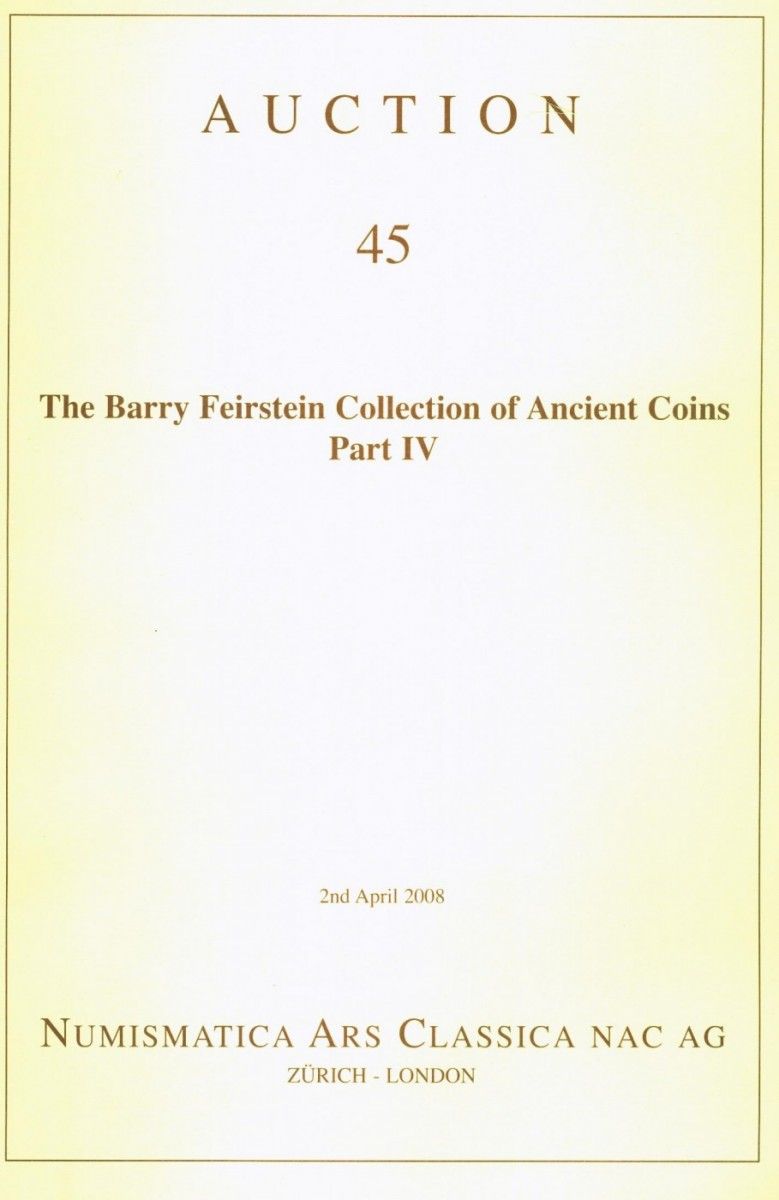


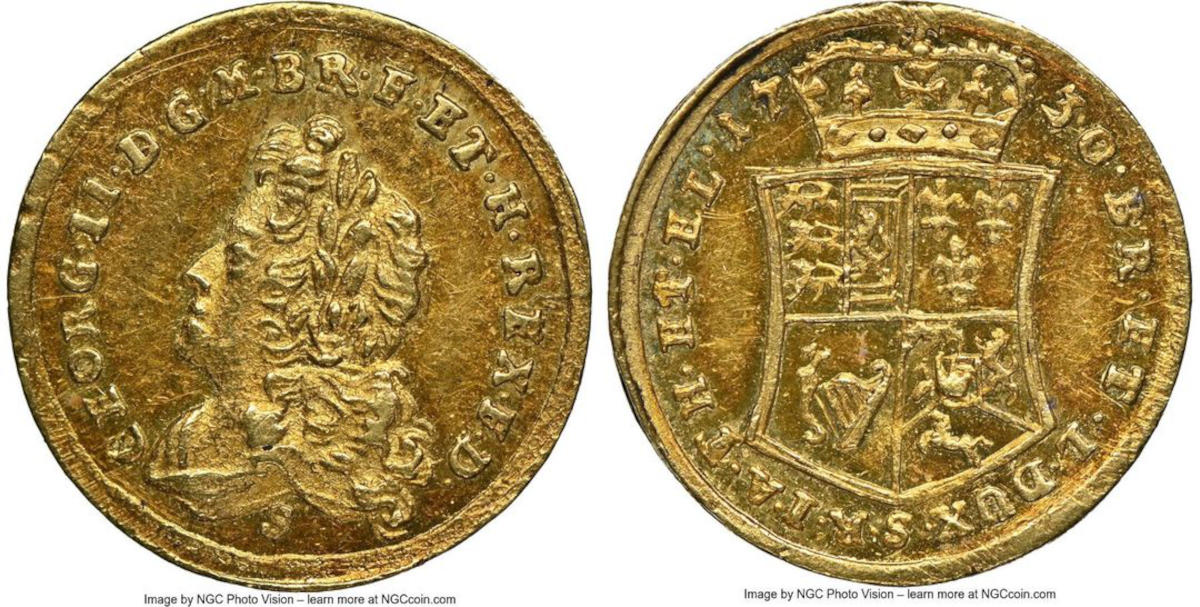























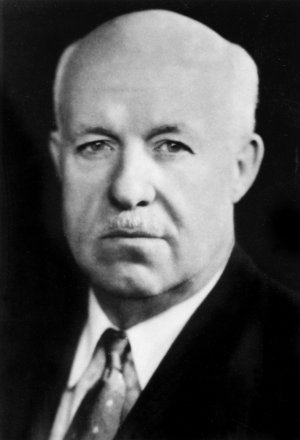












Abels, Björn-Uwe (born 1941)
Prof. Dr. Björn-Uwe Abels holds a lifelong passion for India. His collection includes coins from various regions, cultures and eras of the subcontinent, about which he has also published numerous articles.
Adda, Victor A. (1885-1965)
Victor Adda was born from a banking family installed in Cairo. His large coin collection even arose the interest of the Italian king Victor Emmanuel III. Adda documented his entire collection in a meticulous catalog that has only one fault typical of its time.
Addington, Samuel (1806-1886)
Samuel Addington was a woollen merchant. He collected modern and ancient coins and was known to purchase pieces at incredibly high prices. An extremely rare Syracusan decadrachm from his collection is now in the British Museum. An article by John Voukelatos.
Armstrong, Martin Arthur (b. 1949)
Martin Armstrong got interested in rare coins at the age 13 when he began to work in a coin shop. Later he opened his own business and became famous for predicting commodity prices and developing his Economic Confidence Model.
Arnaud, Pierre (1922-1996)
Pierre Arnaud was a French entrepreneur who built a refined collection of coins. From the moment on when he was assisted by Hans Voegtli, Arnaud continued only to collect Greek and Roman high grade coins.